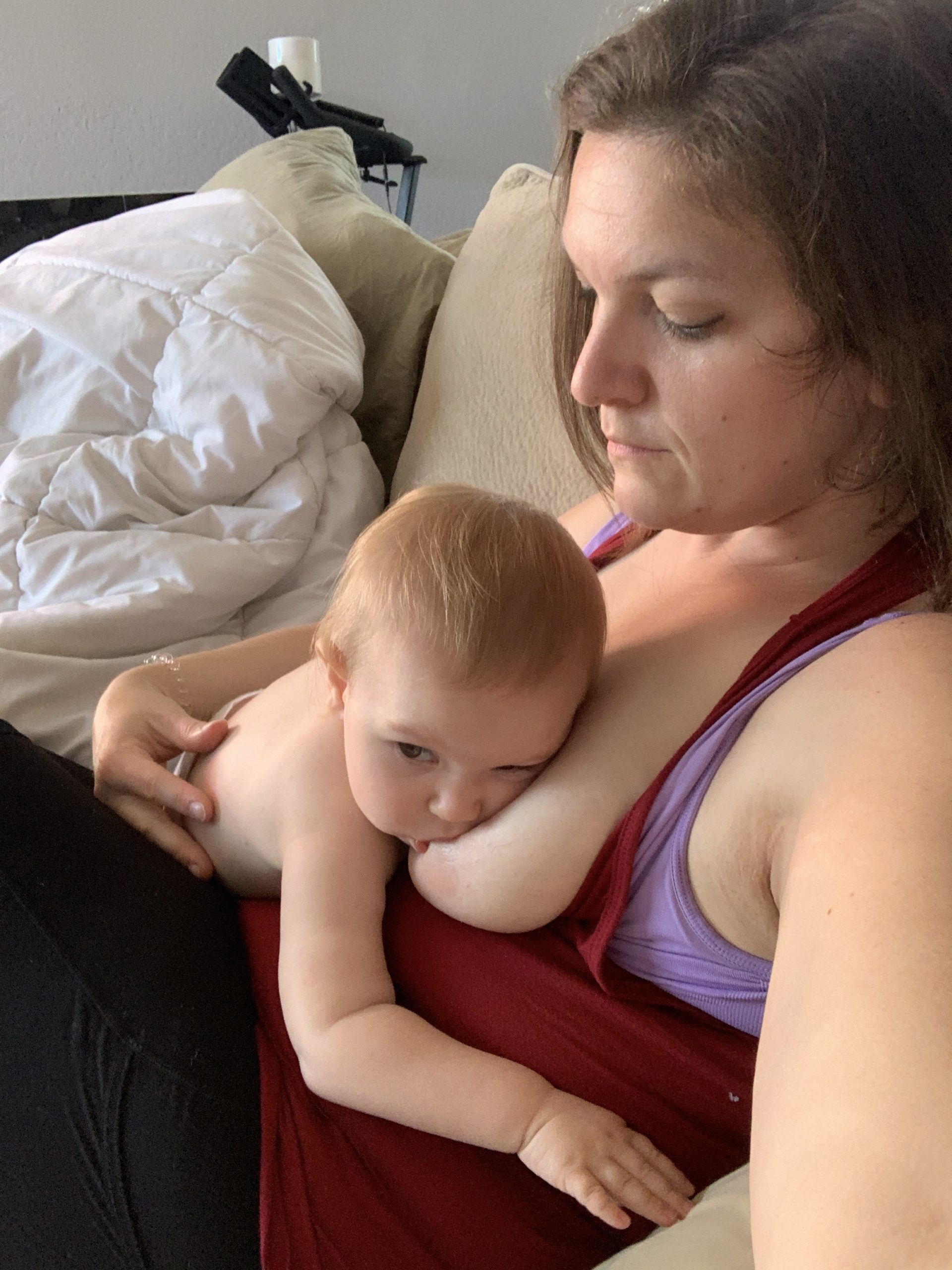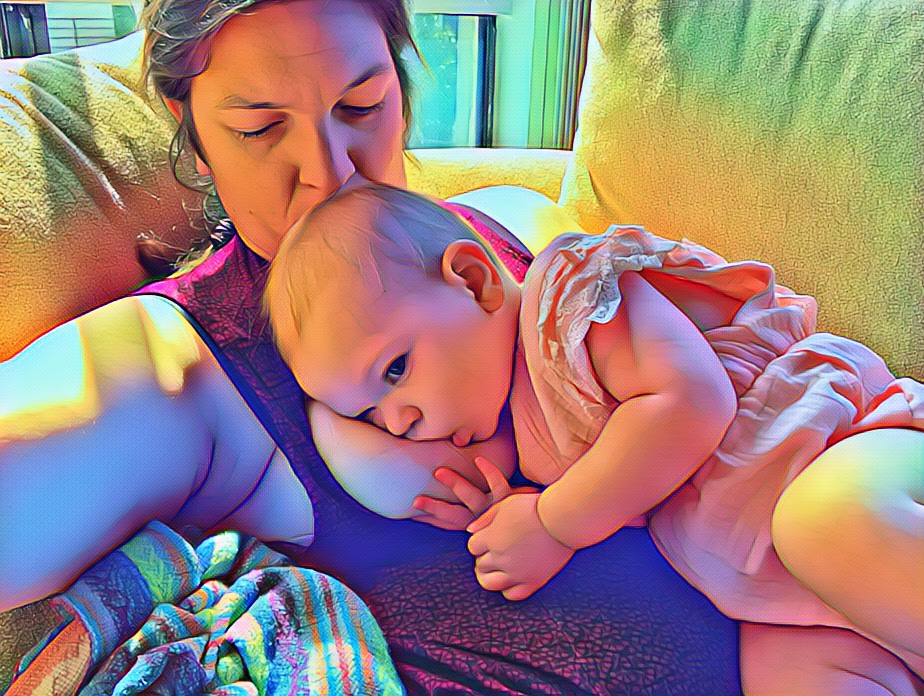When and how you wean from breastfeeding is a personal decision, and there is no right or wrong way to go about it. Weaning a toddler from breastfeeding is a gradual process that requires patience and sensitivity.
🗝️Introduce Alternative Milk or Drinks. Start offering cow's milk or a suitable alternative if they are over 1 year old. Gradually replace breastfeeds with milk in a cup. Cow’s milk is a good source of fat and calcium, but never needed if your toddler eats a well balanced diet with other foods rich in fat and calcium
🗝️Gradually reduce the number of breastfeeding sessions. Start by dropping one feed at a time, perhaps beginning with daytime feeds before tackling bedtime or morning feeds
🗝️Don’t offer, don’t refuse. Don’t offer the breast at routine times, but it’s ok to offer it when asked. Eventually this will turn into distract, delay, and don’t sit down!
🗝️Distract and delay. Engage your toddler in other activities or offer comfort in different ways when they ask to breastfeed. Substitute breastfeeding with a favorite toy, book, or snack
🗝️Gradual Shortening of Feeds. Try shortening the duration of each feed over time. Set a timer and when it dings, it’s time to stop. Start the timer at your usual nursing length and shorten the time each day
🗝️Discuss this with your toddler! They understand more than you think. Have a discussion with them about why you’re stopping in language they can understand. This is a good chance to introduce the concept of bodily autonomy and consent. Read a book that talks about weaning, like The Booby Moon, and talk about it together
🗝️Cover your nipples and reduce access. Wearing clothing like sports bras and high neck shirts and dresses can help reduce access. For older toddlers or preschoolers, some moms will cover their nipples with bandaids and say either their nipples hurt or their boobies are broken, whichever language resonantes best with your child
🗝️Understand that weaning can be an emotional process for both you and your toddler. Offer extra cuddles, reassurance, and comfort during this transition
🗝️Be Consistent and Patient: Create a plan you feel you can carry out and stick to it. Once you establish a rule about breastfeeding, don’t change it. Especially for tantrums. If you give in, this only reinforces that your toddler just has to escalate the tantrum and you’ll give in to their demands. If you don’t want to cold turkey wean, come up with a plan with gradual steps that you fell comfortable enforcing
### Night Weaning:
- Night weaning can be a separate process. Gradually reduce nighttime feeds or comfort your toddler in other ways if they wake up seeking breastfeeding.
### Celebrate Milestones:
- Celebrate each step achieved towards weaning. Praise your toddler for being a big boy or girl and trying new ways of getting comfort.
### Seek Support:
- Talk to other moms, friends, or a healthcare professional if you need guidance or emotional support during the weaning process.
### Final Transition:
- Once breastfeeding is fully phased out, celebrate this milestone together and focus on the new ways you can bond with your toddler.
Remember, weaning is a personal journey that varies for every child and parent. The key is to approach it with love, patience, and understanding.

 Start with the shield on and take it off after the first let down once baby is not as hungry/use it on the first side and not on the second side
Start with the shield on and take it off after the first let down once baby is not as hungry/use it on the first side and not on the second side





